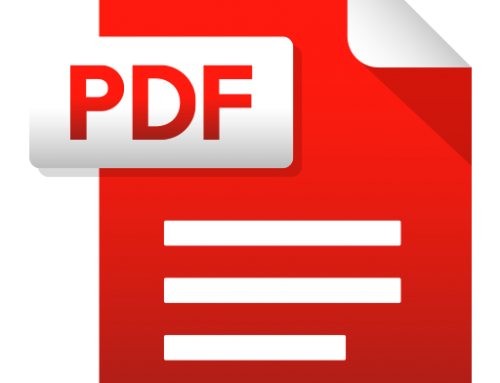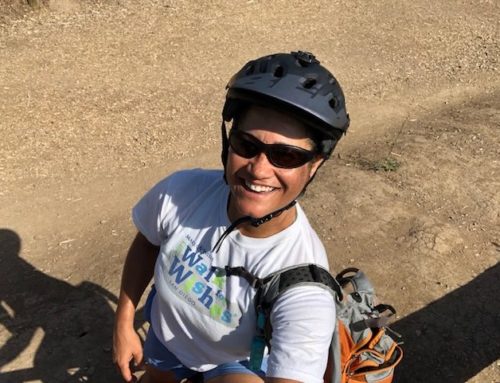This edition will focus on the chest, or more specifically, the pectoralis major and minor muscles. Located on the anterior (front) portion of the body, these muscles move the shoulder and the humerous bone of the upper arm. Often referred to as the pecs, they take on quite a lot of the workload as compared to smaller muscle groups, like those of the arms.
In order to fully engage the chest muscles, the arms must be put to work as well, either pushing away from the body or moving in towards the center, or midline, of the body. I’ll offer some suggestions of various exercises to work these muscles, but once again as in the previous editions of this series, the emphasis will remain on the exercises themselves since the repetitions, weight, and sets are specific to each individual.
The bench press is the first exercise that comes to mind and probably the most common means of working the chest. Sometimes known as the chest press, this exercise requires you use a spotter for safety purposes since it’s possible to drop the barbell on yourself if training alone. For this reason, I will explain the exercise using dumbbells, which work just as well for all practical purposes. To begin, lie on your back on the bench. Dumbbells in hand and arms at a 90 degrees angle away from the sides of your body, your elbows should also be at 90 degrees with the lower portion of the arm in a vertical position. Next, push the dumbbells away from your body towards the ceiling until your arms are straight, while avoiding locking out your elbows. Lower the dumbbells back down to the starting position, being careful not to allow your elbows to go too far beyond the level of your back side, and then repeat the movement.
If you have access to a gym with a Smith Machine, you can do the bench press by yourself because of a specially patented system which allows the bar to catch in a safety position if the weight of the lift becomes too much to finish. Changing the bench from a flat position to an angle will allow for emphasis to other areas of the chest. An incline-angled bench puts the stress on the upper chest, while a decline angle emphasizes the lower portion of the chest. Machines, rather than free weights, will allow for variations of the chest press. Hammer Strength, Nautilus, and quite a few others make very nice machines commonly found in local gyms. Often these machines place the exerciser in a sitting, or chair-like position rather than the traditional supine (face up) position.
The second way to train the chest consists of moving the arms medially towards the center of the chest. This exercise can be done using a variety of methods like the pec deck, machines, cables, or dumbbells. Similar to how Rollerblade is used interchangeably with the term “inline skating”, pec deck may be a proper name of a machine developed by Nautilus, but it is also commonly accepted as a generic term for any machine in which the exerciser begins from a sitting position. Again with the elbows at 90 degree angles and the lower arm in a vertical position, only this time the exerciser is inverted from a supine position to a sitting position. From here, the arms move inward toward the midline of the body in an attempt to bring the elbows together.
Chest flies may use a machine, cables, or dumbbells and represent the third way of training the chest. Whichever means is used, the elbows remain stationary in the same slightly bent position throughout the exercise. The only part of the body that moves is the shoulder. At the widest and eccentric portion of the exercise the arms are outstretched, elbows slightly bent, and on the contracting portion of the exercise the hands move towards one another, flexing the pectoralis muscles in the process.
Hopefully this has allowed you to understand a little more about how the chest muscles work so that you can better isolate them when training. Remember to practice good safety habits, use slow and controlled movements, and train consistently!
Melissa Allen, BS, CPT, CES is a certified personal trainer, corrective exercise specialist and Medifast health coach, is the owner of the Optimum Condition Corrective Exercise & Performance Center, located in El Cajon, in the East County of San Diego. We specialize in customized fitness training and corrective exercise for both recreational athletes and post-rehab clients, as well as guaranteed weight loss programs or your money back. You can schedule a free consultation to help you get started. Please visit her website at OptimumCondition.org.





